Smarthomes are supposed to make life simpler, but for many users, the convenience comes with hidden costs. Be it subscriptions, outages or, simply, privacy concerns. Cloud-based services are the go-to for most, but they’re not the only way to run a smart home.
If you want full control over your devices and data, self-hosting is the way. You don’t have to rely on a remote server to turn on your lights or control your thermostat. With the right tools and a few simple steps, you can set up a home automation system that’s free to use, runs locally, and is customized precisely for your needs. These six solutions let you take back control of your smart home with no monthly fees, no vendor lock-in and no forced updates.
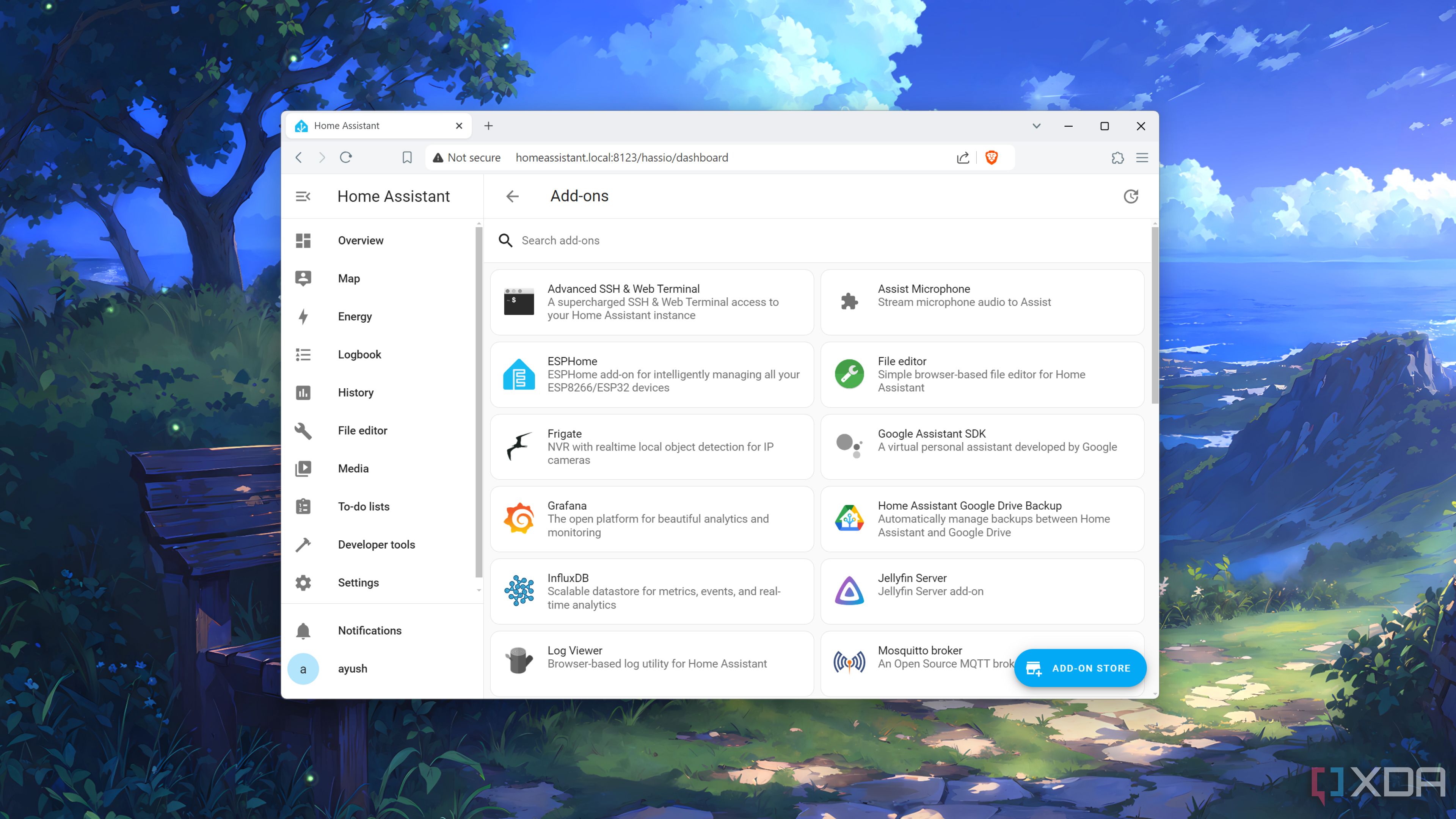
10 of the best add-ons for Home Assistant
Boost the capabilities of your smart home with these amazing Home Assistant plugins
6 Home Assistant
Full-featured, polished and extremely flexible
Home Assistant is the poster child for self-hosted smart home platforms and for good reason. The leading self-hosted smart home automation solution supports thousands of integrations right out of the box. Covering everything from Zigbee and Zwave devices to Wi-Fi bulbs, switches, sensors and more, it’s all covered. So if you want to automate your lights, set up energy usage tracking, or make your climate control react to your geolocation, Home Assistant probably has a solution. It also helps that Home Assistant can integrate with Google Assistant, Alexa, and it’s own voice solution if you still want voice commands in your set up.
The interface is clean, modern and beginner-friendly while being versatile enough to allow extensive customization. You can create complex automations using YAML or use the visual editor if you prefer a more point-and-click workflow. There’s ample flexibility in installation options too. Install it via Home Assistant OS on a Raspberry Pi or run it as a Docker container on a NAS, the choice is yours. And once it is up and running, you’ll have a local control hub that doesn’t depend on any third-party cloud to function.
5 Node-RED
Visual workflows for more powerful custom automations
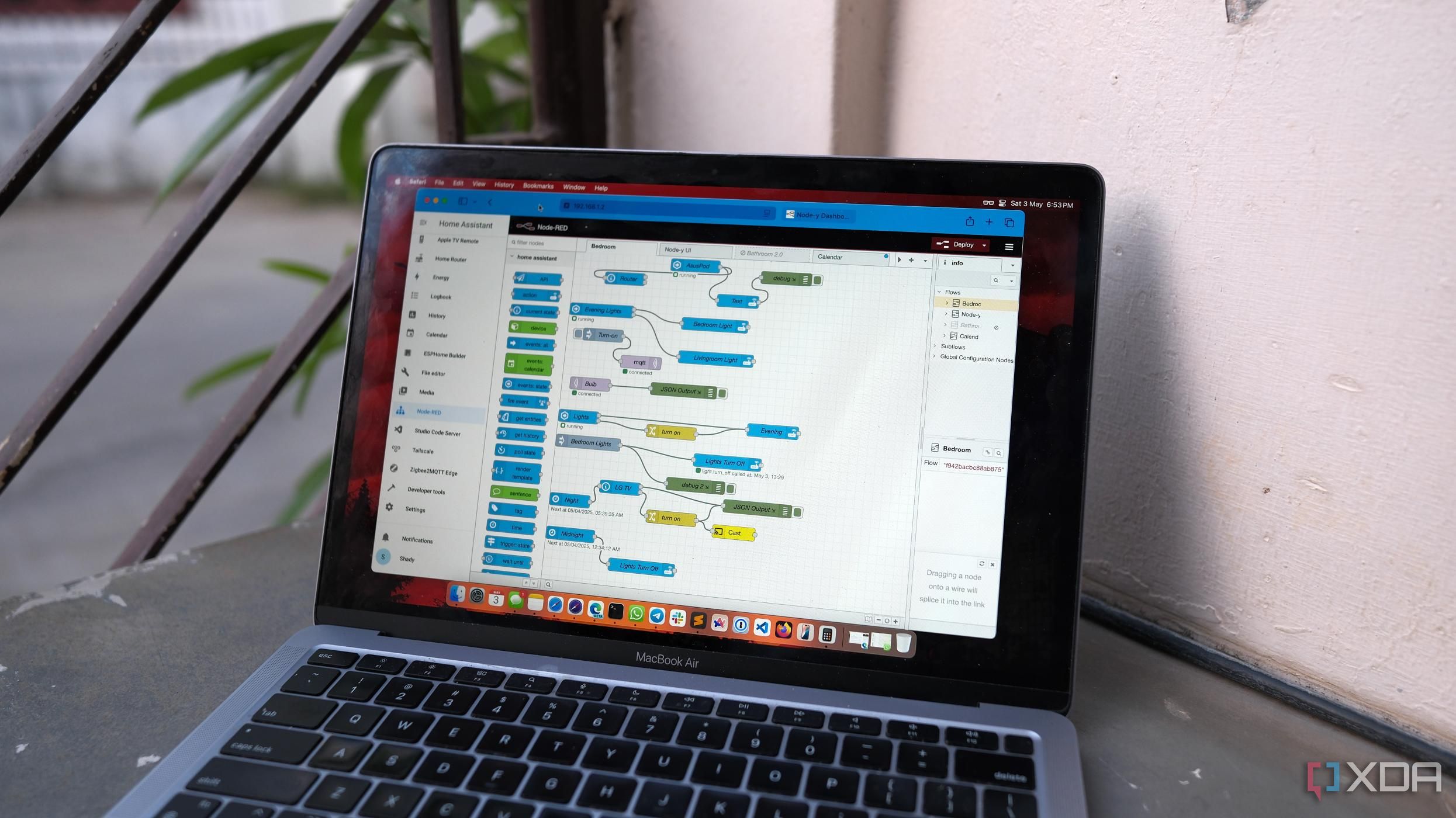
Unlike Home Assistant, Node-RED isn’t a full fledged smart home platform by itself, but its the perfect companion for any system that you want to supercharge. It gives you a browser-based flow editor that lets you wire together different elements of devices, APIs and logic nodes together – effectively like a digital circuit. The framework is extremely flexible and perfect for building custom automations that go beyond what most smart home platforms allow.
Want to make your motion sensor trigger lights after sunset and only if no one’s watching TV? Node-RED lets you build that logic using simple drag-and-drop blocks. Moreover, Node-RED integrates beautifully with MQTT, which makes it ideal for working alongside Home-Assistant or other MQTT-based devices. An added advantage is that you can host Node-RED on the same device as your automation hub like a NAS or home server, or run it separately if you choose. The choice is yours.
4 Gladys Assistant
A privacy-first smart home assistant that runs offline
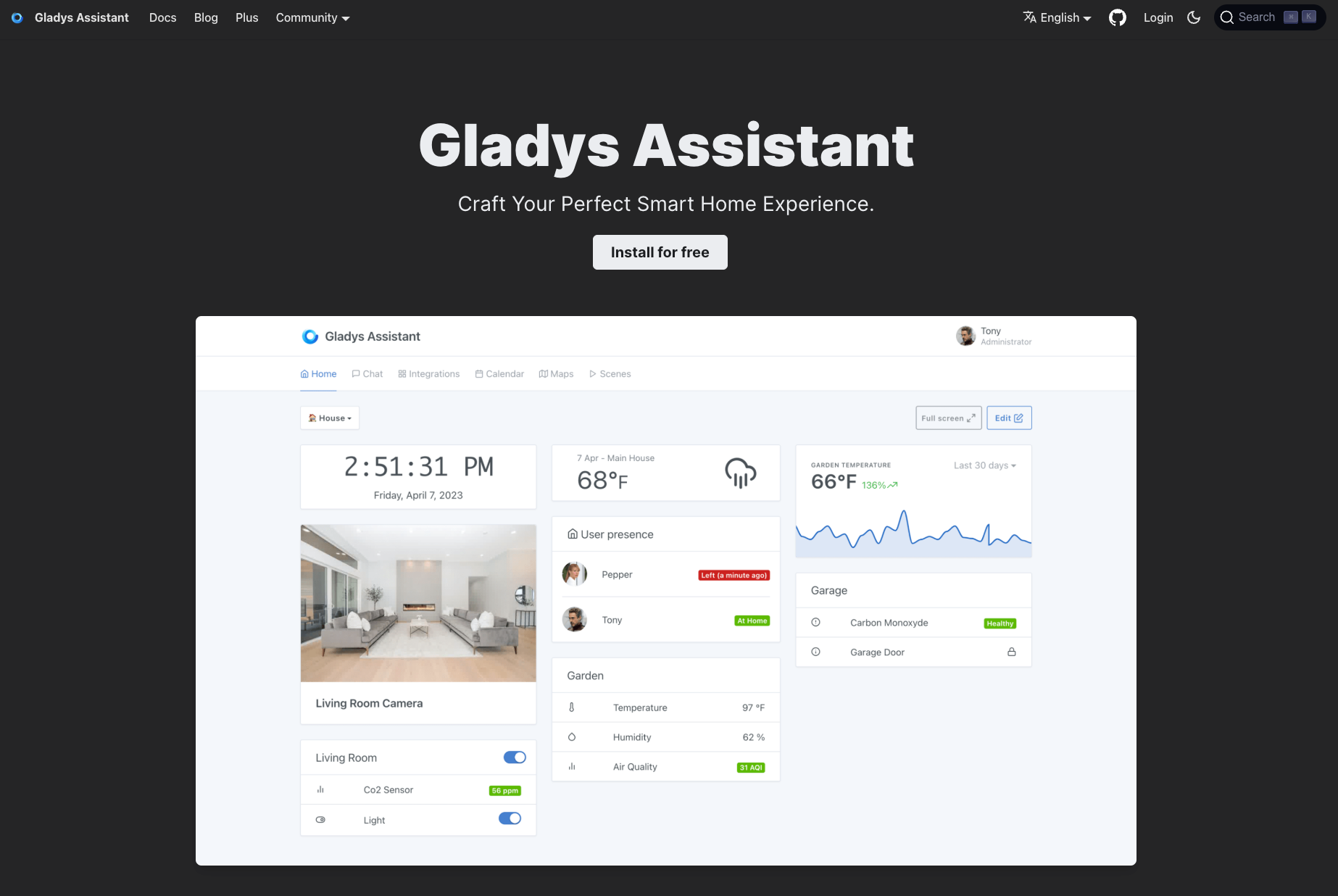
Gladys Assistant is a lesser known home automation tool, but no less powerful than some of the other options on our list. Designed for privacy, Gladys Assistant runs entirely offline and doesn’t share any data to the cloud. The smart automation platform lets you design beautiful web dashboards, supports voice commands and ships with a solid list of integrations including Zigbee2MQTT, Philips Hue, Sonos and more.
The built-in scene editor is intuitive and lets you create schedules and conditional logic without writing code. Gladys Assistant is well suited to users who want a polished out-of-the-box experience without the complexity of running something like OpenHAB. You can easily deploy it using Docker and run it on low-power hardware like a Raspberry Pi 4 which makes it a lot more accessible to beginners.
3 Domoticz
Lightweight and efficient for low-power setups
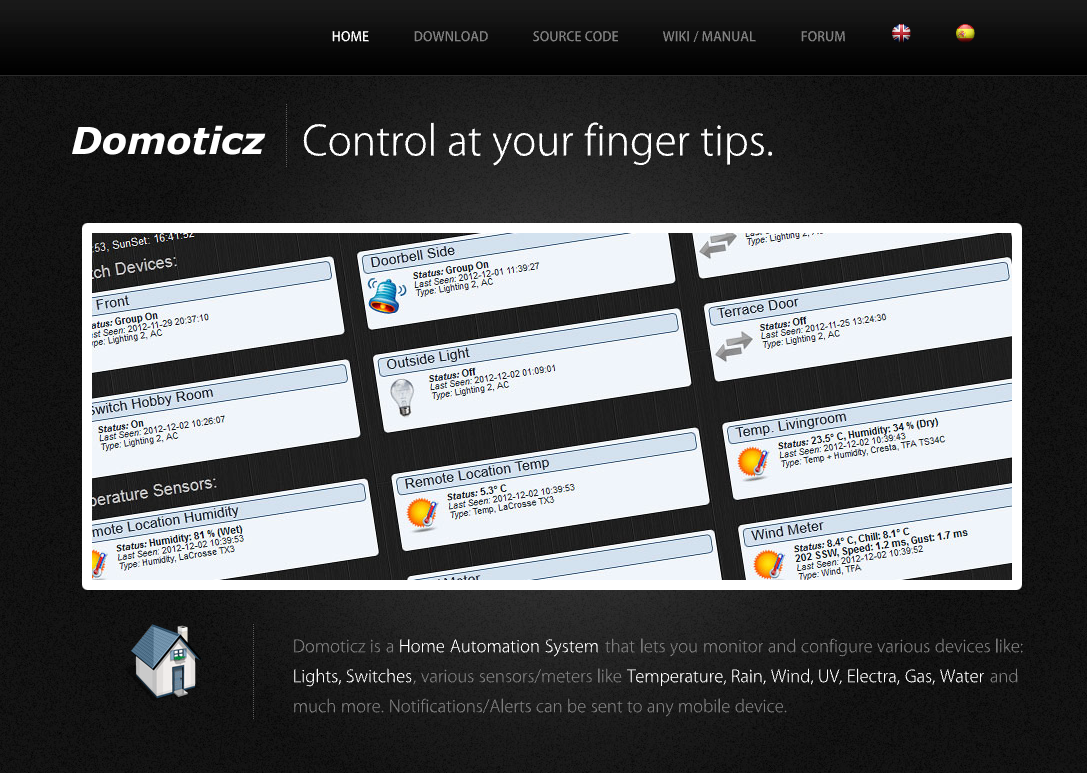
Domoticz is one of the older smart home automation systems around and is known to be reliable and resource-friendly. While its interface might feel dated compared to flashier options, it is still an incredibly capable platform that can accomplish more popular smart home tasks and runs on bare-minimum hardware. Domoticz supports a wide range of devices and protocols including Z-Wave and MQTT-enabled products. Of course, you can use it to control lights, temperature, energy meters and more with a fair amount of flexibility despite its more complicated installation.
One of Domoticz’s strengths is in its ability to run on extremely low-powered machines like older Raspberry Pi models or other low-power machines which makes it a great choice for repurposing older hardware. The automation system uses code-based logic and has a scripting interface for more advanced control. While it may lack the polish of bigger players like Home Assistant, Domoticz’s offers reliability and a proven platform with low resource requirement.
2 OpenHAB
A powerful platform for advanced users
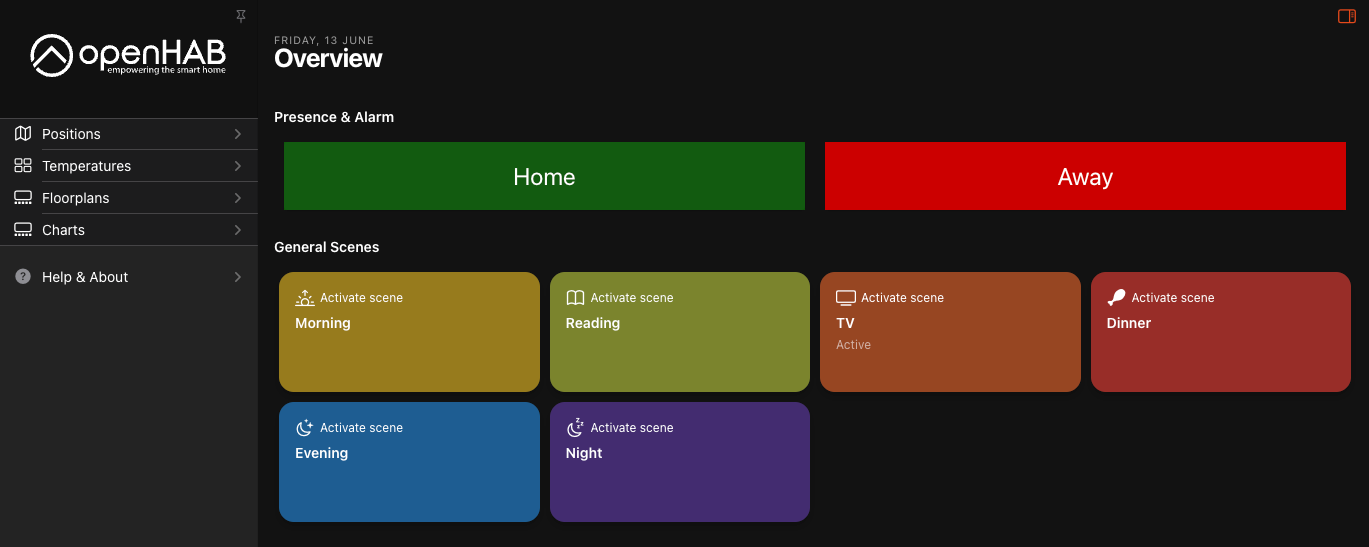
OpenHAB is another open-source home automation system built for people who want fine-grained control over every aspect of their smart home. Written in Java, OpenHAB can run on almost any platform. Its strength lies in its rules-based engine and the ability to script complex behaviors making it a top choice for users who want to build a truly customized system.
OpenHAB includes support for thousands of popular devices and services. While the UI isn’t OpenHAB’s strong suite, the real power is under the hood. If you enjoy tweaking and want a system that can scale with you as your smart home grows, the platform is worth considering. Keep in mind that it is not the easiest to get started with, but the thorough documentation and strong community should help you get going.
1 ioBroker
A modular system with deep integrations
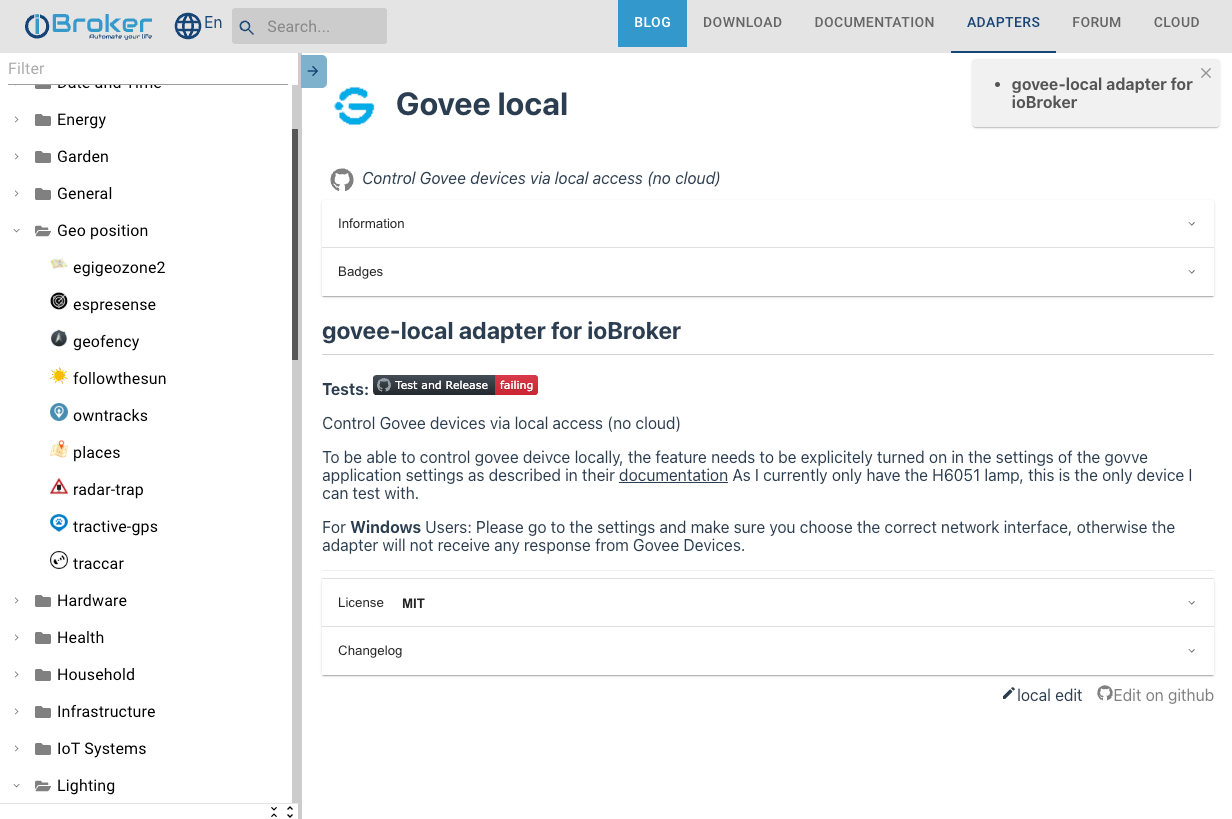
Compared to Home Assistant, ioBroker takes a different approach by offering a highly modular architecture. Each integration works as an “adapter” that can be installed separately ensuring that the system stays lean and efficient. ioBroker offers a built-in visualization tool, Blockly support for no-code automation, and native support for a wide range of protocols including MQTT, Zigbee and KNX. A free cloud tier unlocks basic Alexa integration too.
This platform is best suited for users who want to mix and match device types from various ecosystems while maintaining centralized control. The low system requirements ensure that ioBroker can be hosted on anything from a Pi to a full-fledged server. The initial setup is more complicated than others on this list, but once configured, ioBroker is known to be fast and flexible.
Build a smart home on your terms
Self-hosting your home automation system is usually about taking back control. You decide when to upgrade, when to update, how your data is handled and which features to prioritize. Whether you’re building your system from scratch or replacing cloud services, tools like Home Assistant and Node-RED let you do that with ease and go further beyond what cloud-first options offer. The learning curve can vary depending on the tool of choice, but the flexibility, security and long-term savings make it worth the hassle.
.png)










 English (US) ·
English (US) ·